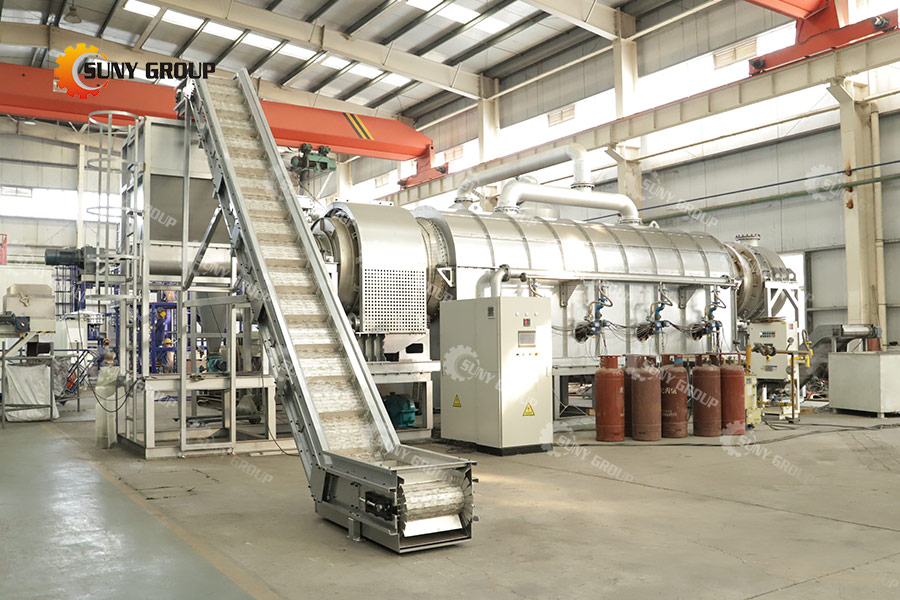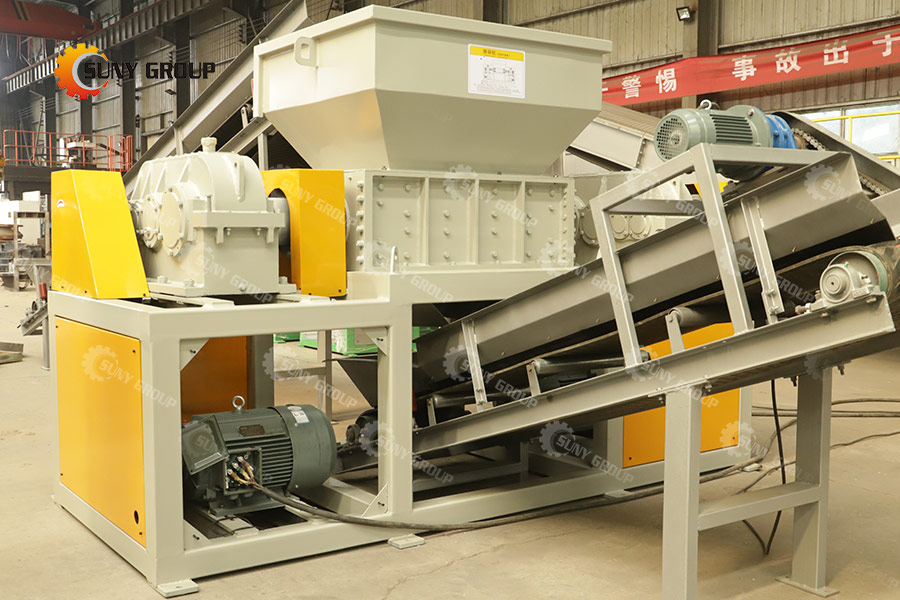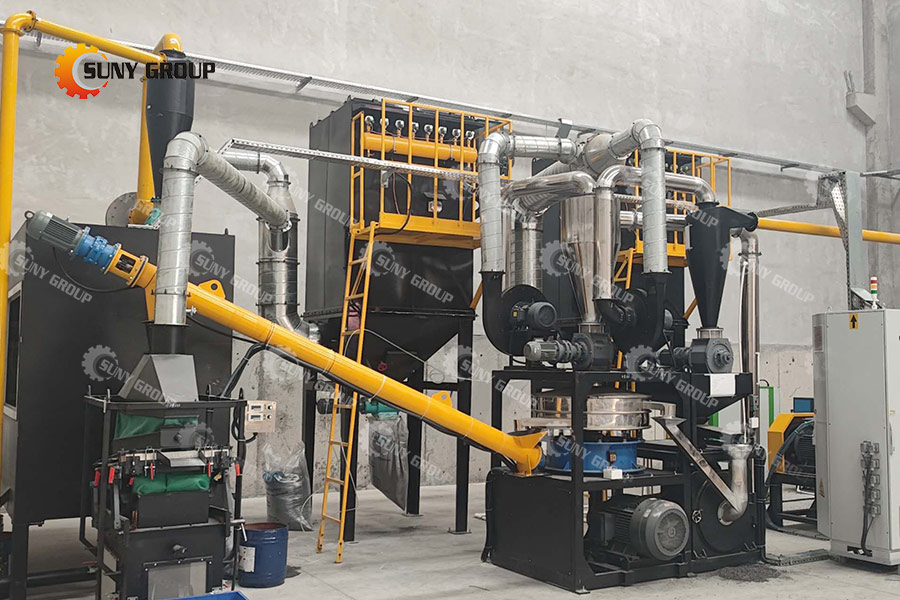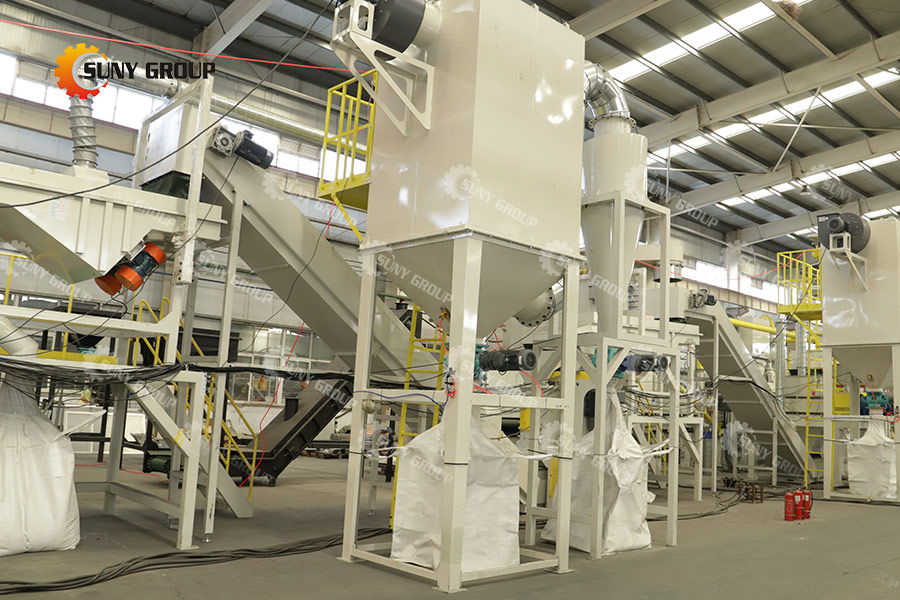Process principle of the UBC decoating furnace
The carbonization furnace process for can paint stripping is a technology specifically designed to treat the paint layer on the surface of used cans. High-temperature carbonization decomposes the paint layer, leaving a clean metal substrate. This process is of great significance in resource recovery and environmental protection, effectively reducing environmental pollution from used cans while recovering high-purity aluminum or steel, thus achieving resource recycling.

Process principle of the UBC decoating furnace
The core principle of the UBC decoating furnace is to use a high-temperature environment to cause a pyrolysis reaction in the paint layer. Paint is primarily composed of organic resins, pigments, and additives. Under high temperatures (typically 400°C to 600°C), these organic compounds decompose into gases and small molecules, while the metal substrate (aluminum or steel) remains stable. During the carbonization process, the paint layer is completely removed, restoring the metal surface to a clean state, making it suitable for subsequent smelting or direct reuse.
High-temperature carbonization offers significant advantages over traditional chemical paint stripping methods. Chemical paint stripping requires the use of strong acids, alkalis, or organic solvents, which not only produces large amounts of wastewater and waste residue, but may also corrode the metal substrate. The carbonization process, on the other hand, uses heat alone to remove paint without the use of chemicals, making it more environmentally friendly and resulting in a higher metal recovery rate.
-
Contact Us
HAVE QUESTIONS?
Leave your details and we will reply to your message in 24 hours.
GET IN TOUCH! -



 Double Shaft Shredder Equipment Process Flow
Double Shaft Shredder Equipment Process Flow  Aluminum Plastic Separation Machine Installed in Turkey
Aluminum Plastic Separation Machine Installed in Turkey  Bifacial solar panels recycling equipment
Bifacial solar panels recycling equipment 

